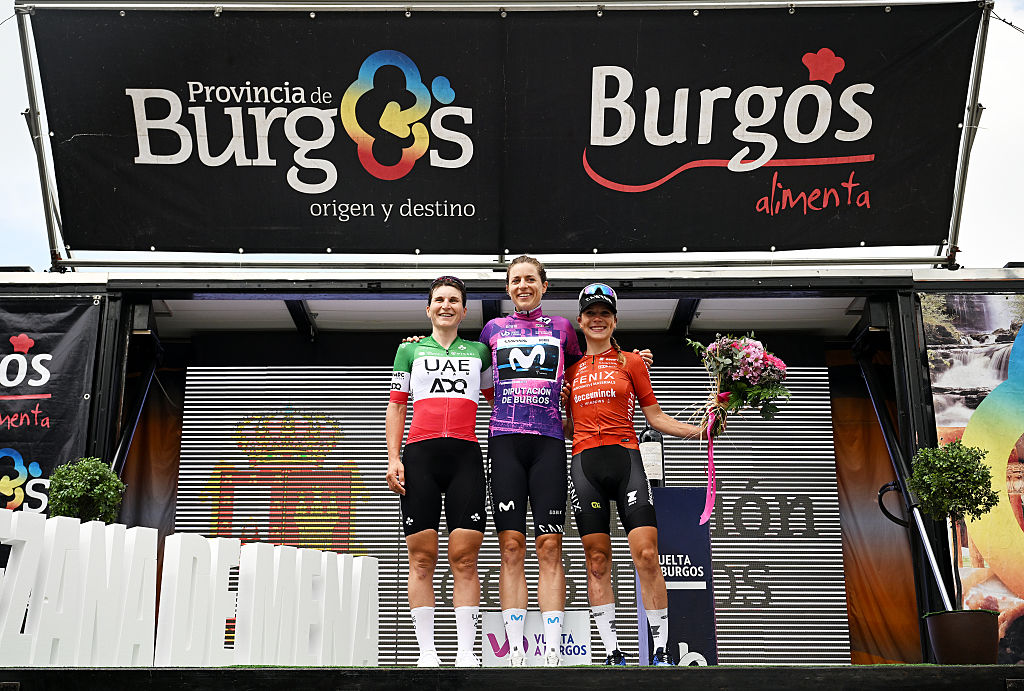Turtur denies longer stages at Tour Down Under will alleviate danger
Rider's attitudes need to change, says race director
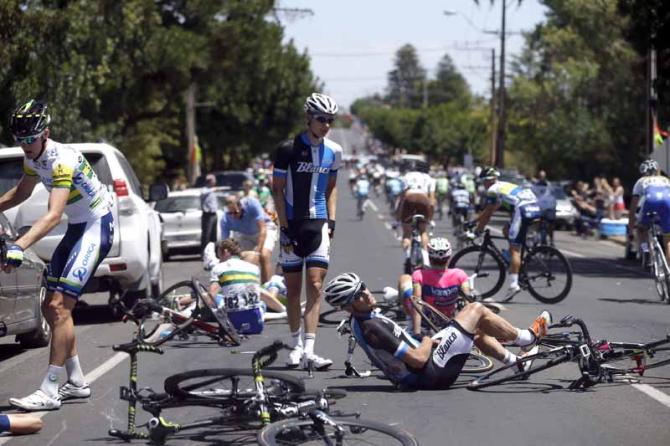
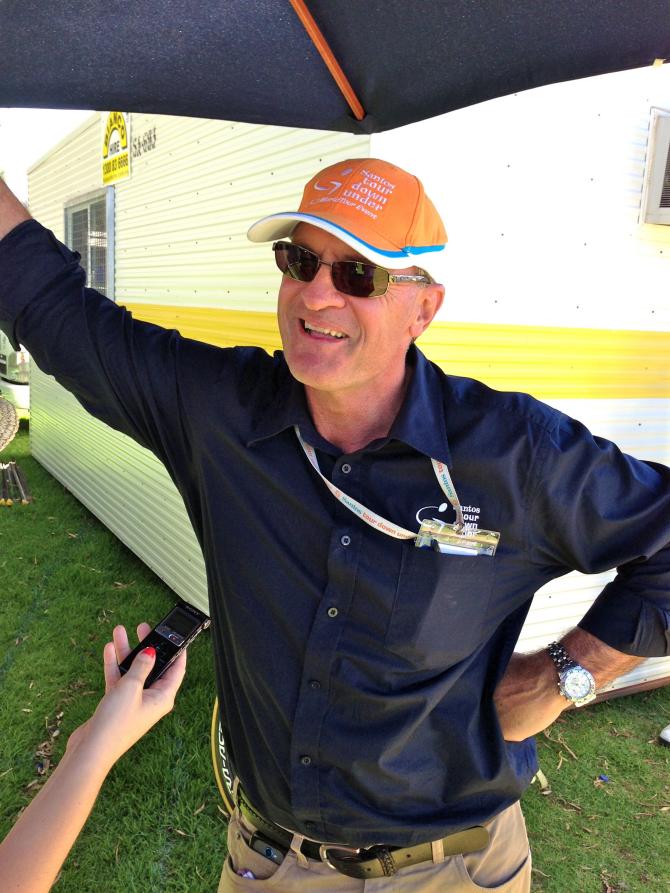
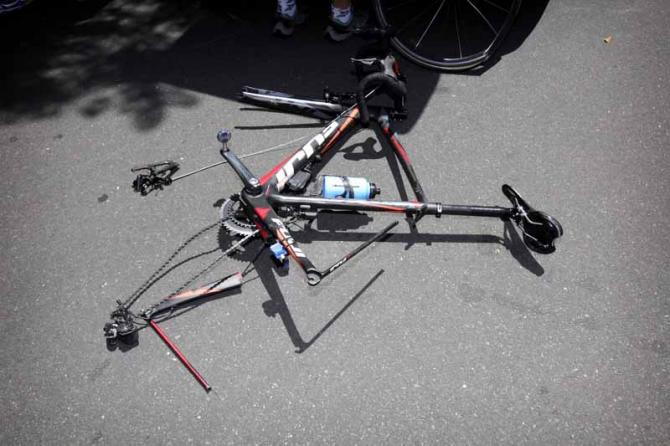
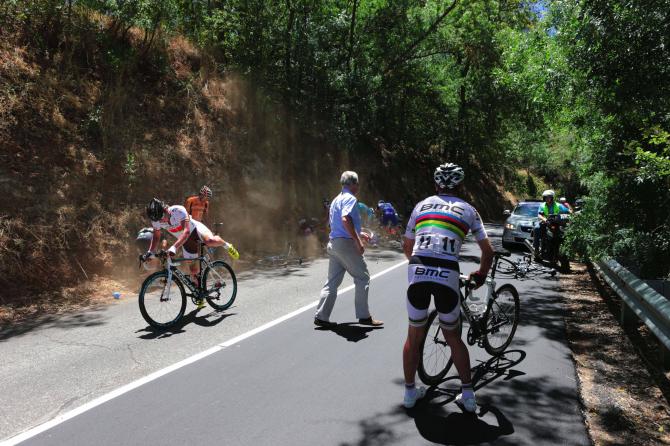
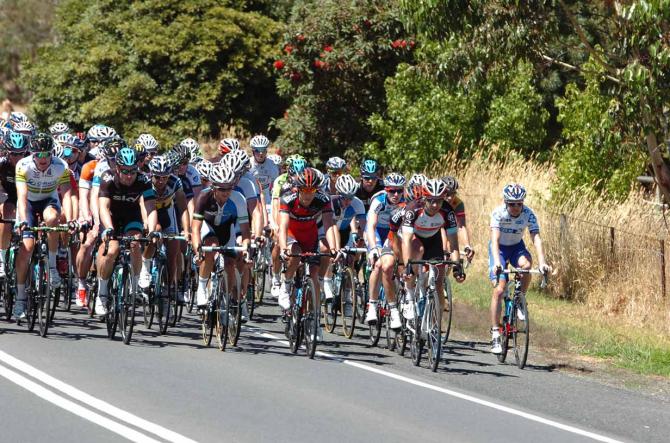
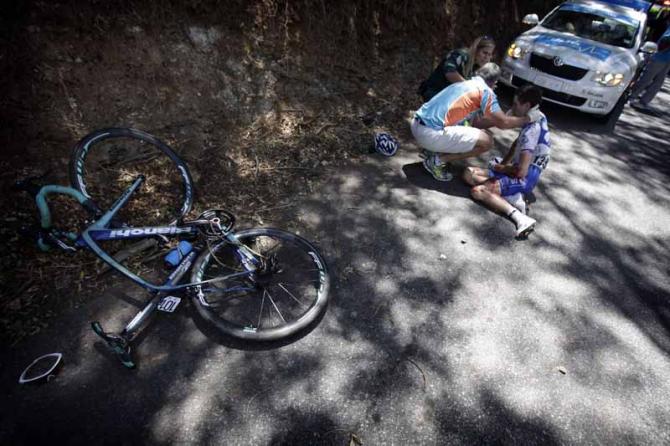
Tour Down Under race director Mike Turtur has rejected suggestions by World Champion Philippe Gilbert (BMC) that longer stages are required to negate the desperate racing once again seen at the opening WorldTour event.
With the 15th edition of the event over for another year, Turtur and his team will review the outcomes of the week before pressing on with plans for 2014 and beyond. This year's race saw the addition of the Corkscrew climb which made good on its promise to provide an early general classification selection - although in circumstances different from what everyone had envisaged - rather than waiting until the Willunga climb on the penultimate day. Turtur however refused to be drawn on whether it would return to next year's race.
"If there was something that I needed to say about it, maybe the time before we got to Corkscrew we might look at something there," he said. "It's an interesting final. It holds a lot of interest so it might be worth consideration."
Gilbert told Cyclingnews on Sunday that if he could change anything at the race, it was the length of the stages, which average 126.4 over the six days.
"At this time of the year we need kilometres," he said on his third visit to the race. "Maybe it's the only thing, if I could change something it was this. Maybe an hour more of racing every day would be nicer, then you would see a different race. Maybe more calm; less risk - maybe this is the only thing to change."
It was a suggestion that Turtur dismissed.
"I've been around long enough to know that the peloton goes into a sort of relaxed mode for a period and then they start the race," he told Cyclingnews. "So for us, stages of around 130, 40, 50km are what we're looking for over a moderate terrain this time of year because you know you're going to get a good race from start to finish.
The latest race content, interviews, features, reviews and expert buying guides, direct to your inbox!
"It's worked well for us in the past; it's what they [the riders] want because I speak to them all the time so I think we've got the formula right. The desperation and the manoeuvres of some riders always happen. We see it in the first week of the Tour, every year and we see it in the big bunch finishes in the Classics - it's desperation and they misjudge it."
Two high-speed incidents occurred at the 15th edition of the Tour Down Under - one on the descent of Stage 2's Corkscrew climb and then 900 metres from the sprint finish on Stage 4 in Tanunda.
The first occurred when Frenchman Arnaud Courteille (FDJ) over-cooked a blind corner and the riders trailing him were caught out, following his line. Over three separate waves after the peloton split on the Corkscrew ascent, around 15 riders were involved in the pile-up with Courteille the most-seriously injured rider with a fractured collarbone.
Then on Friday, Robbie McEwen's fears were realised when another 15 riders crashed having just come under the 1km to go banner in Tanunda. McEwen reached Tanunda before the peloton in his television commentary duties for the Nine Network, and was concerned by cars parked on the side of the road before the finish. Daryl Impey (Orica GreenEdge) would have his race ended by the crash which also brought down teammates Jens Mouris and stage-hope Matt Goss who said he collided with the side of a vehicle; Graeme Brown (Blanco) somersaulted over his handlebars and Zak Dempster (UniSA-Australia) had a bike that was left in pieces.
"They might say no-one actually hit them [the cars], the crashes were in the middle of the road, but the problem is riders swing away from the cars," said McEwen.
"It goes across the bunch like a wave - somebody cops it and they crash over the other side.
"It comes directly from having cars there ... it's not good enough."
UCI regulations state that: A zone of at least 150 metres before and 50 metres after the finish line will be protected by barriers... The zone before the finish line will be protected by barriers from the beginning of the final corner, if the length of the finishing straight is less than 300 metres. And so race organisers were acting over and above their obligations but whether an element of common sense needed to be added, but not allowing cars to be parked so close to the finish was another thing.
Cyclingnews asked Turtur on Sunday whether barriers needed to be erected from 1km to go on sprint stages and whether the parked cars were a factor in the incident.
"We had barriers at 800m," he reasoned. "If you look at that crash they [the riders] were either going to hit a car or barriers. I think I would have preferred to hit a soft car door than a barrier. The reality is that crash wasn't caused by any parked car it was a rider incident which flared out the group. It's just one of those things.
"The only race that puts more barriers than us is the Tour de France."
Turtur said that it was time that the peloton took responsibility for themselves.
"At the end of the day, it's the rider's attitudes that need to change," he said. "I saw riders going between parked cars and trees, between spectators and posts, around kilometre indicator markers, jumping footpaths - I've seen it all. And I shake my head with amazement at some of the risks they take for a gain of zero."
As a sports journalist and producer since 1997, Jane has covered Olympic and Commonwealth Games, rugby league, motorsport, cricket, surfing, triathlon, rugby union, and golf for print, radio, television and online. However her enduring passion has been cycling.
Jane is a former Australian Editor of Cyclingnews from 2011 to 2013 and continues to freelance within the cycling industry.
